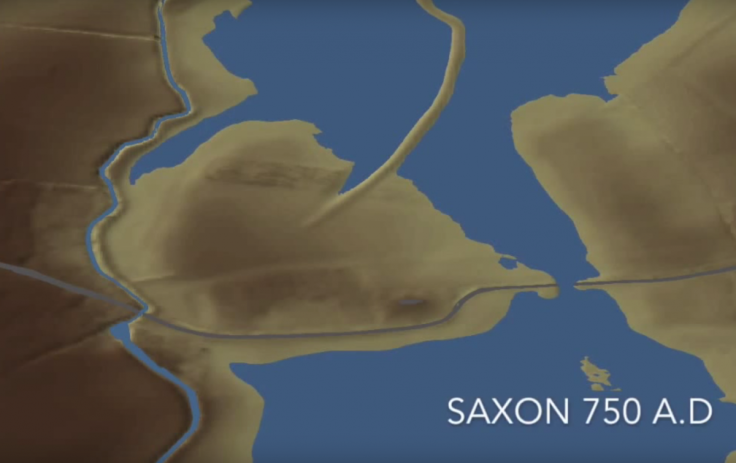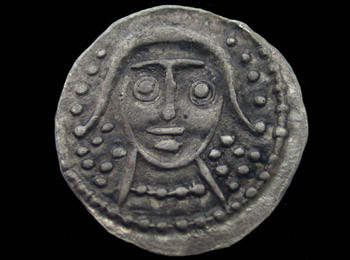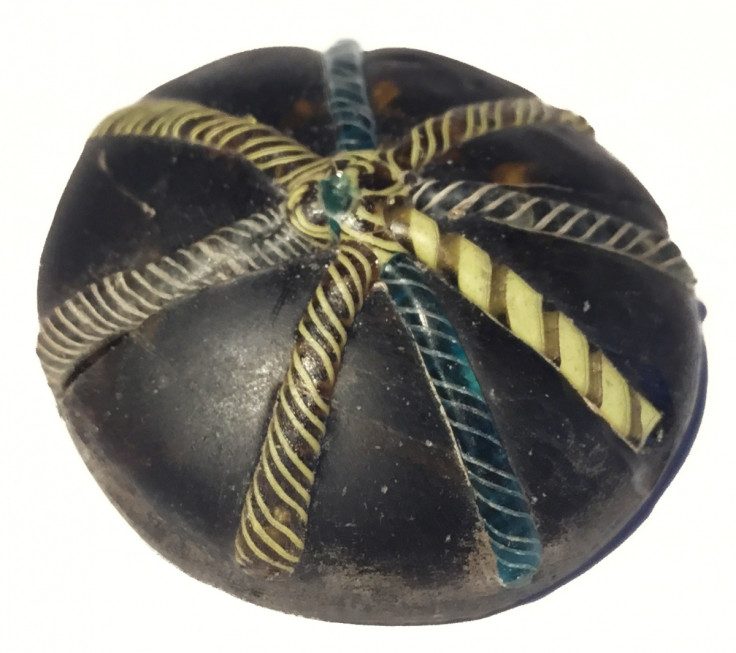Ancient Anglo-Saxon island discovered in middle of Lincolnshire field

The remains of an ancient Anglo-Saxon island have been discovered in Lincolnshire. Archaeologists have found a number of artefacts from more than 1,200 years ago, and have suggested that they all originate from a settlement which sat upon a long-lost island.
Researchers have identified 21 styli – instruments used for writing – and 300 dress pins; all originating from the 7<sup>th to 8<sup>th Century. Experts believe these came from an old settlement – near the small Lincolnshire village of Little Carlton – either thriving on trade, or used as a religious monastic base.
Discovering relics
An amateur metal detecting enthusiast was the first to find an artefact linked to the settlement. Graham Vickers found a silver stylus in a ploughed field, and reported his discovery to the Portable Antiquities Scheme.

This prompted further research in the area, which led to the uncovering of 21 styli, 300 dress pins, and a large number of 7<sup>th Century coins – known as 'Scettas'. Also found was a small lead tablet, with the name 'Cudberg' engraved – a popular Anglo-Saxon female name.
Archaeological researchers from the University of Sheffield analysed the site where all of these relics were found. They carried out geophysical and magnetrometry surveys of the area, and used them to recreate a 3D model on a computer.
The model showed that the region was much more elevated than it is today. Once the researchers factored in sea level in the 7<sup>th Century – which was much higher than modern times – they found the relics were all discovered on – what would have been – an island.
"Our findings have demonstrated that this is a site of international importance," said Hugh Wilmott, archaeologist working on the study. "But its discovery and initial interpretation has only been possible through engaging with a responsible local metal detectorist who reported their finds to the Portable Antiquities Scheme."
Building upon the discovery
Since the discovery, researchers have excavated nine separate trenches around the ancient settlement. This has uncovered more clues to the settlements purpose.

An area which may have been linked to industry has been sectioned, and the researchers have also found more relics; including pottery, and butchered animal bones.
This is the third archaeological discovery in the UK within a month.
11,000 year old pendants were discovered in North Yorkshire on 25 February, each with engraved patterns. It is believed the finds are the earliest known pieces of Mesolithic art.
On 4 February 2016, archaeologists discovered a gender equality between those buried at Stonehenge. Of 23 cremated individuals, dating back to 2,500 BCE, 14 were female and nine were male. This implies that women had a larger role to play in leadership than previously believed.
© Copyright IBTimes 2025. All rights reserved.






















